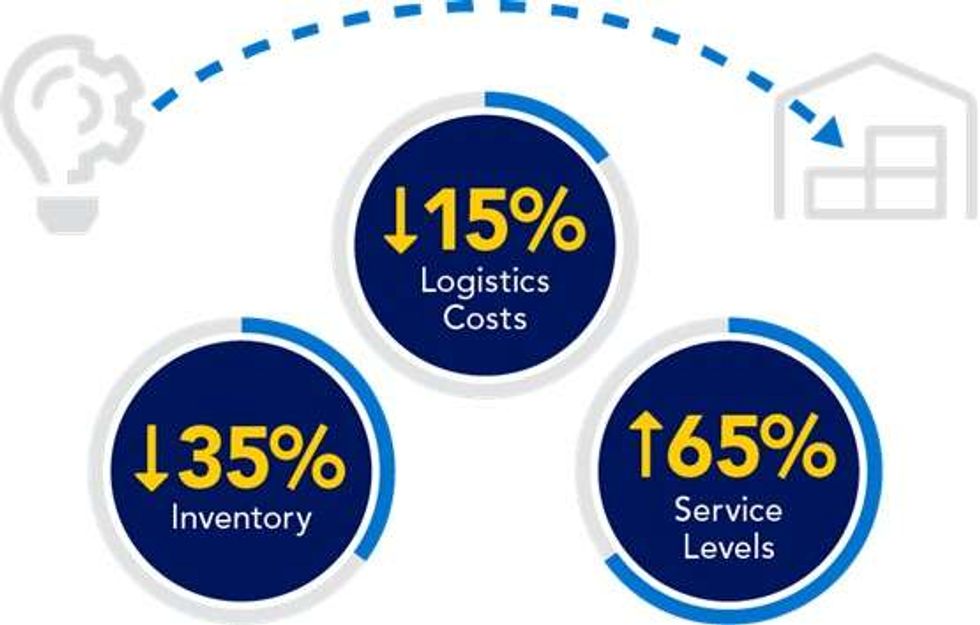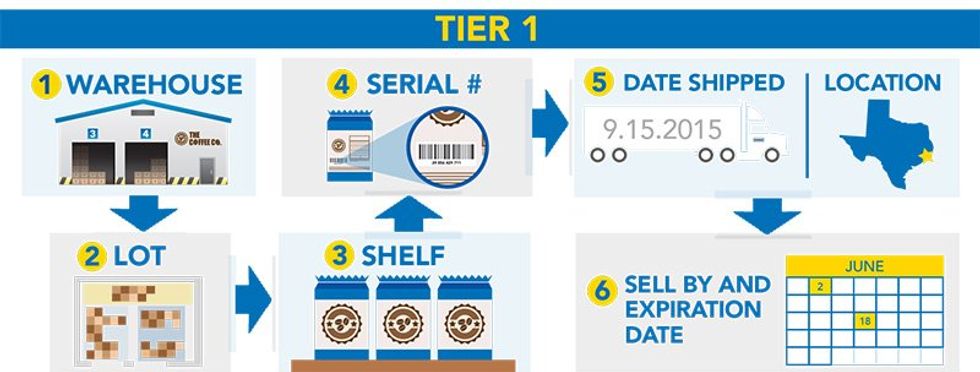How Logistics Services Keep Supply Chains Moving During Peak Season
Access to Capacity
During peak season, securing reliable capacity can be a challenge. Penske Logistics provides access to a diverse transportation network through dedicated contract carriage, brokerage services and transportation management solutions. Having multiple options allows shippers to lock in long-term contracts or source short-term capacity through the spot market to keep freight moving.
Industry-Specific Expertise
Penske has deep expertise in multiple industries, including consumer products, automotive, and food and beverage, and understands the seasonal nuances that occur with specific commodities. Because different customers experience different peak periods, Penske can help balance demand across its broader network, ensuring consistent service and the optimal use of resources.
Increased Network Efficiency
A well-designed supply chain network can ensure that products flow smoothly on shippers’ busiest days and slowest days alike. By evaluating sourcing locations, demand patterns and distribution points, Penske helps improve the overall engineering of the supply chain. Penske’s engineers run “what-if” scenarios using different ports, routes, suppliers, inventory levels and modes to identify optimal configurations for cost and performance.
Improved Warehouse Productivity
Peak season can strain warehouses, but careful planning within the four walls of the warehouse can help maximize space, improve productivity and streamline the movement of goods. Penske can work with customers to optimize slotting designs based on historical sales data, volumes, the fastest-moving products, forecasted demand and seasonality, which can avoid unnecessary movements and get products out the door faster. Similarly, a robust warehouse management system provides inventory visibility and tracking, and prevents products from getting mixed up or misplaced.
Efficient Labor Management
Labor is central to warehouse operations, and Penske uses software to manage labor and track productivity. Performance data can be compared to a warehouse's labor management time standards to make sure employees are meeting their productivity standards and informing staffing needs. Additionally, having visibility into when freight is scheduled to arrive can help warehouses plan labor and make sure the dock is ready to receive or load goods.
Data-Driven Planning
Penske Logistics utilizes data analytics, artificial intelligence and predictive modeling to forecast demand and anticipate capacity needs, enabling smarter planning and faster responses to market shifts. Data can also help shippers determine which areas are at the greatest risk to shape effective contingency planning.
End-to-End Visibility
Visibility is always important, but it becomes even more critical during peak periods. Penske connects every part of the supply chain, giving shippers and key stakeholders end-to-end visibility. Penske’s ClearChain® Technology Suite provides real-time information on shipment status, potential disruptions and delays. Having detailed insights allows shippers and their providers to get ahead of potential issues by rerouting freight, adjusting schedules or sourcing from another location.
Real-Time Routing
Several peak seasons hit during the winter months, which means weather and traffic can be major disruptors. Monitoring weather and traffic patterns in real-time helps logistics teams anticipate delays, position products in advance or reroute around disruptions. Taking a proactive approach guarantees that inventory is accessible, reduces downtime and keeps drivers on schedule.
Build Resilience With Penske
By combining agility, visibility and efficiency, Penske can help companies navigate seasonal spikes without sacrificing service or profitability. Services at Penske Logistics include supply chain management, dedicated transportation, freight brokerage, transportation management and warehousing and distribution services.


